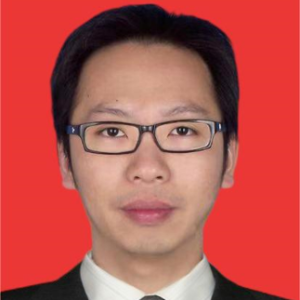Title : Transcriptome analysis of mRNA altered after different induction time of induced schwann-like cells from adipose-derived stem cells
Abstract:
Objectives: To compare the protein coding transcripts differences before and after different induction time of adipose-derived stem cell (ADSC)-induced Schwann-like cells (iSCs).
Methods: Isolation of ADSCs from healthy adult female rats was performed. The iSCs of 7 days and 19 days after induction were chosen for RNA-sequencing and bioinformatic analysis was applied to determine the difference of iSC-7d (group 2, g2), iSC-19d (group 3, g3) and ADSC (group 1, g1). Eight DEmRNAs were randomly chosen for qRT-PCR to verify the accuracy of sequencing data.
Results: Compared to g1, g2 had 83 DEmRNAs and g3 had 189 DEmRNAs. DEmRNAs of g2 were located in the synapse area and enriched in the NOD-like signaling pathway through KEGG analysis. DEmRNAs of g3 were located in the neuromuscular junction and extracellular matrix (ECM), and enriched in the cellular response to cAMP as well as the development of the peripheral nervous system through GO analysis. Venn analysis found that 31 genes were upregulated after induction, which were located in ECM and enriched in the JAK/Stat pathway. Eight genes were found to be downregulated in these groups. The persistent increase of Nefh, Nrg1 and Dio2 were found in NGS and qPCR results after induction.
Conclusion: During the induction process of Schwann-like cells from adipose stem cells, key regulation factors such as Nefh, Nrg1 and Dio2, as well as the continuous activation of the JAK/Stat pathway may play a role in helping cell transdifferentiation
Audience Take Away Notes:
- ADSC can differentiate into iSC through inducing differentiation, to express Schwann cell phenotype and secrete neurotrophic factors which could help repair peripheral nerve injury.
- We verified DEmRNAs with different induction time by qPCR and found that Nefh, Nrg1 and Dio2 genes will be continuously up-regulated with the extension of time, suggesting that these genes may play a very important role in maintaining iSCs traits.
- We speculate that during the induction of iSCs, the elevation of Nefh, Nrg1 and Dio2 can not only promote the formation and maintenance of cytoskeleton proteins of iSCs but also make iSCs secrete a large number of myelin-related proteins and neurotrophic factors and promote iSCs to differentiate into more mature cell phenotype through JAK/STAT pathway, Nrg1/ErbB pathway and thyroid hormone-related pathway.




